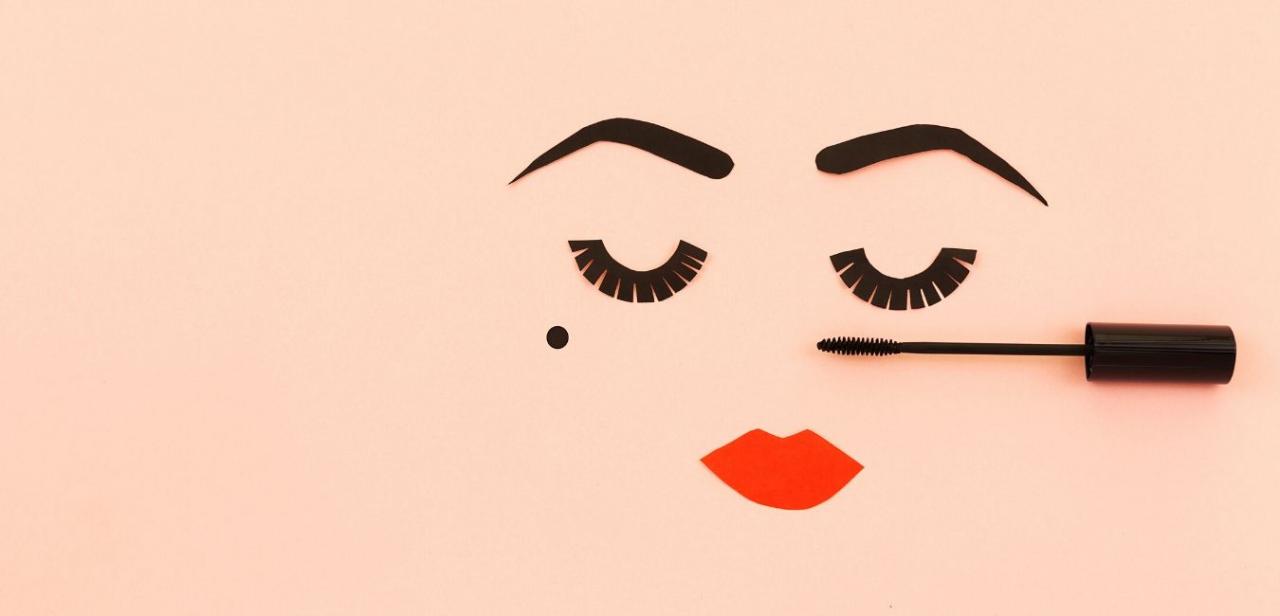At the end of yoga class, our instructor invites everyone in the room to lie on their mat in what’s called corpse pose. Flat on your back, with legs outstretched and arms at sides, the instructor begins to lead everyone in a meditative relaxation journey: systematically clenching and releasing the muscles in each section of your body, and listening to the music being played along with the sound of the instructor’s voice. This method of meditation is Progressive Muscle Relaxation, developed in the 1930's. It's based on the idea that mental relaxation can be a natural outcome of physical relaxation.
All forms of meditation take practice and are excellent for managing stress; they include:
Autogenic training: best learned in a class or from your doctor, this method focuses on noticing different sensations (heaviness, warmth, etc.) in different regions of your body.
Biofeedback: mainly administered by practitioners, this method uses monitoring equipment to gain information about the body to determine heart rate, blood pressure, brain activity, stomach acidity, muscle tension, while you practice postural changes, breathing techniques, etc.
Imagery: also referred to as guided imagery, it is the use of pleasant or relaxing images to calm the mind and body. It can be lead, or learned and conducted on your own using controlled breathing and visualizing a soothing image.
Meditation techniques: can be learned independently or in a class. Some forms stem from religion or specific beliefs and is used to achieve physical and mental relaxation. This method focuses on the core of one’s being, quieting the mind, body and emotions.
Physical training: can be learned in classes or using books and DVDs, after consulting with your doctor. Forms include Qigong, a Chinese health-care system; Tai chi, a Chinese martial art known as “meditation in motion,” using flowing movements focusing on precision and force; Yoga, an ancient Indian exercise form based on the premise that the body and breathing are connected with the mind, used to enhance balance, harmony and emotions in the body with postures and breathing.
Relaxation is my favorite part of Yoga class. Don’t get me wrong, I like the almost hour-long session of pushing my body into uncomfortable poses and attempting to hold them until moving on to the next series. I welcome this form of exercise as its own way to reduce stress, but I especially appreciate the meditation aspect of class because it is the time when I am forced to do nothing. I almost need someone on a daily basis to tell me to lie down and perform a meditation. It is a good way to stay grounded, replenish yourself during waking hours and it also can be a way to relax when you can’t fall asleep at night.
Resources:
Stress Management, MedicineNet.com
Christine Jeffries is a writer/editor for work and at heart, and lives in a home of testosterone with her husband and two sons. She is interested in women’s health and promoting strong women.





Add a Comment1 Comments
Thanks for the article. I find the systematic tensing and relaxing of different muscle groups very relaxing as well. Here is a progressive muscle relaxation script that your readers can use to create that deep calming effect.
January 28, 2010 - 4:28amAll the best
Kell
This Comment